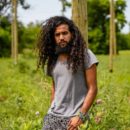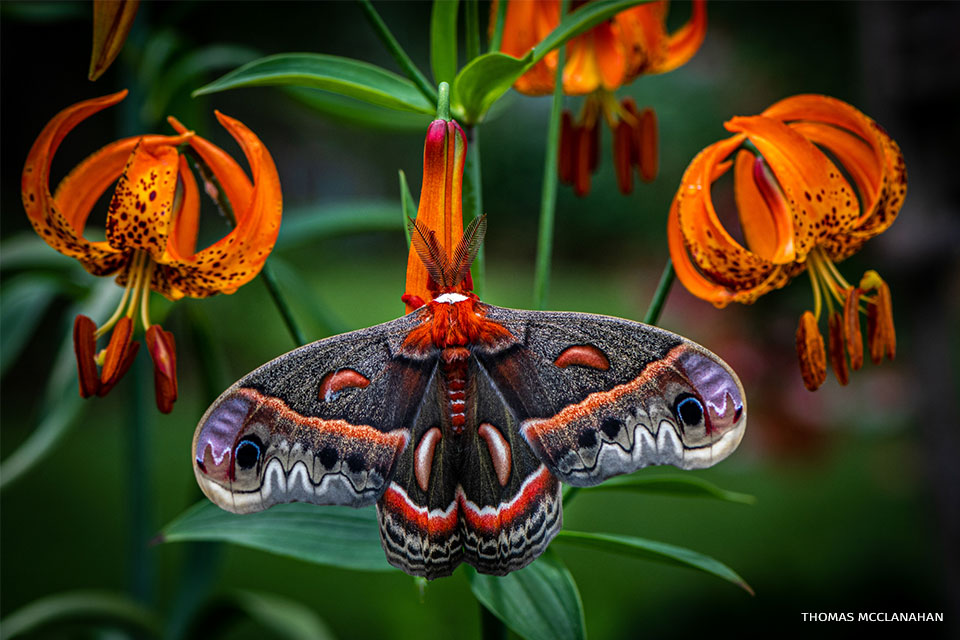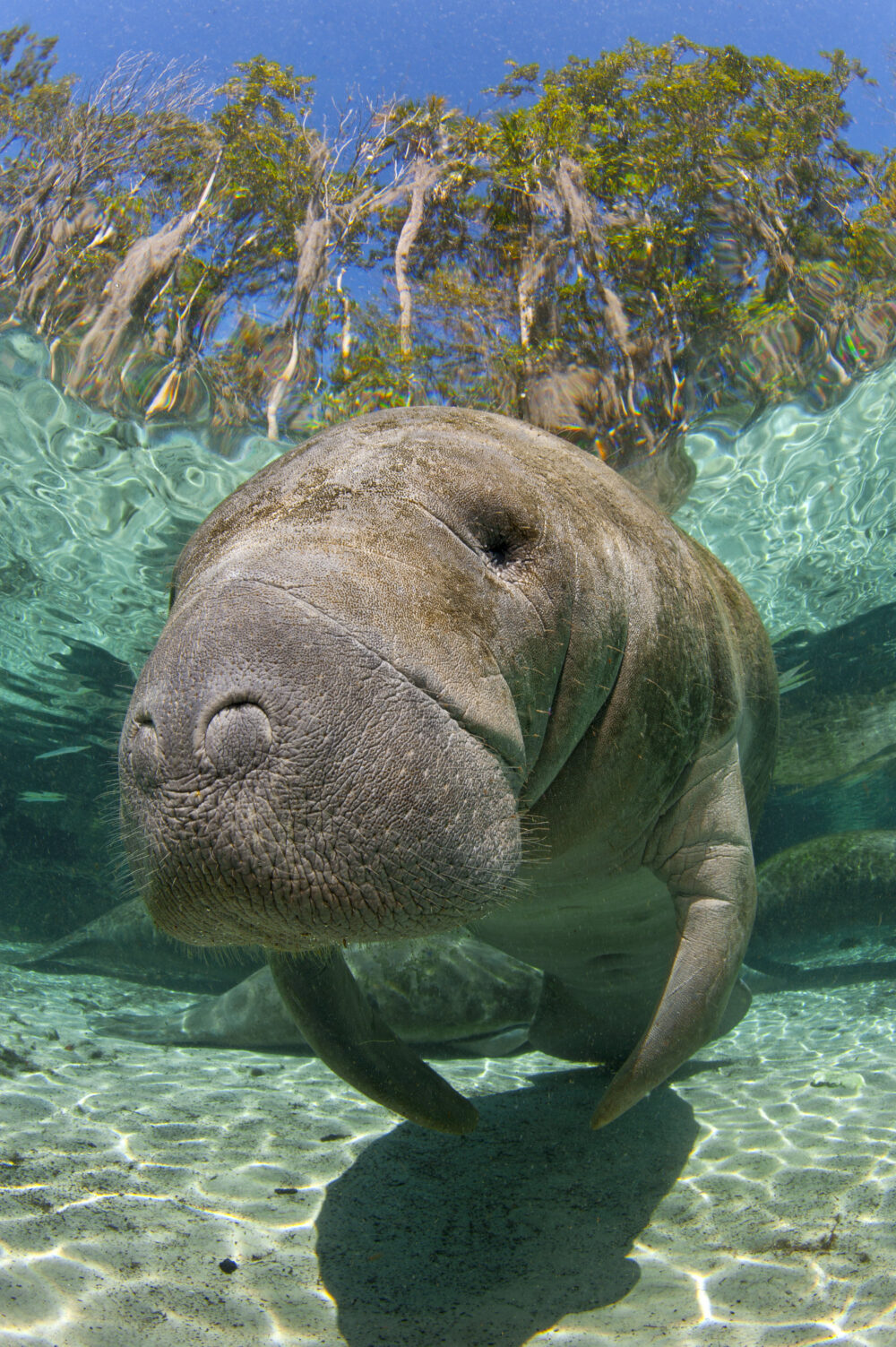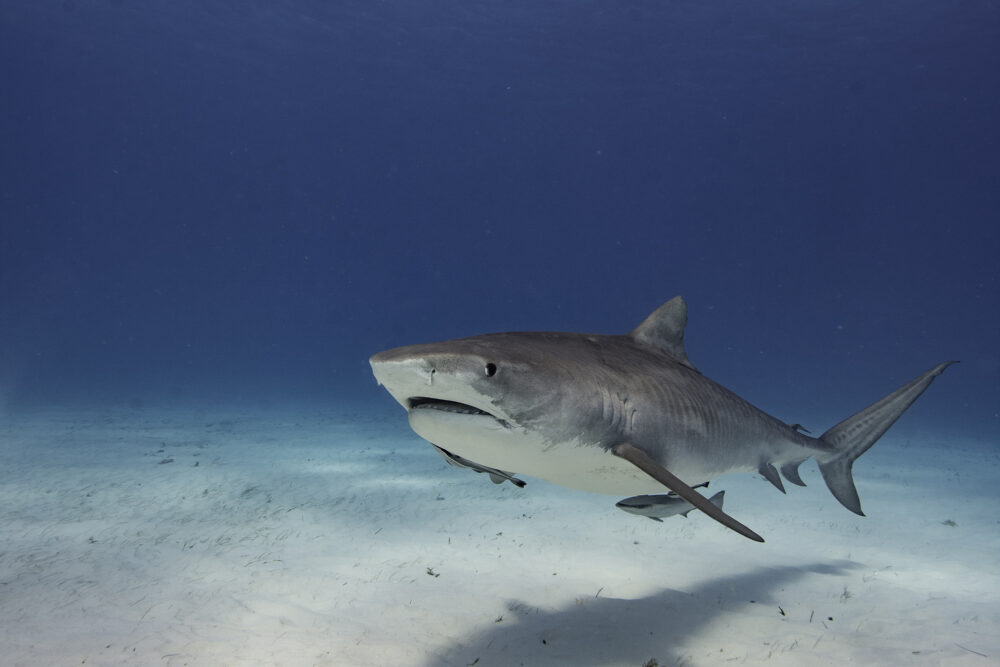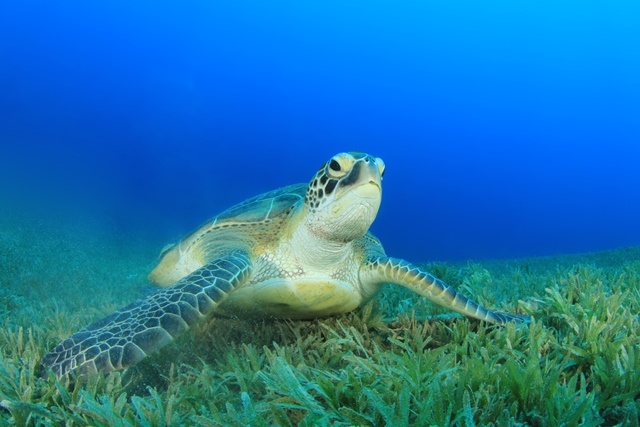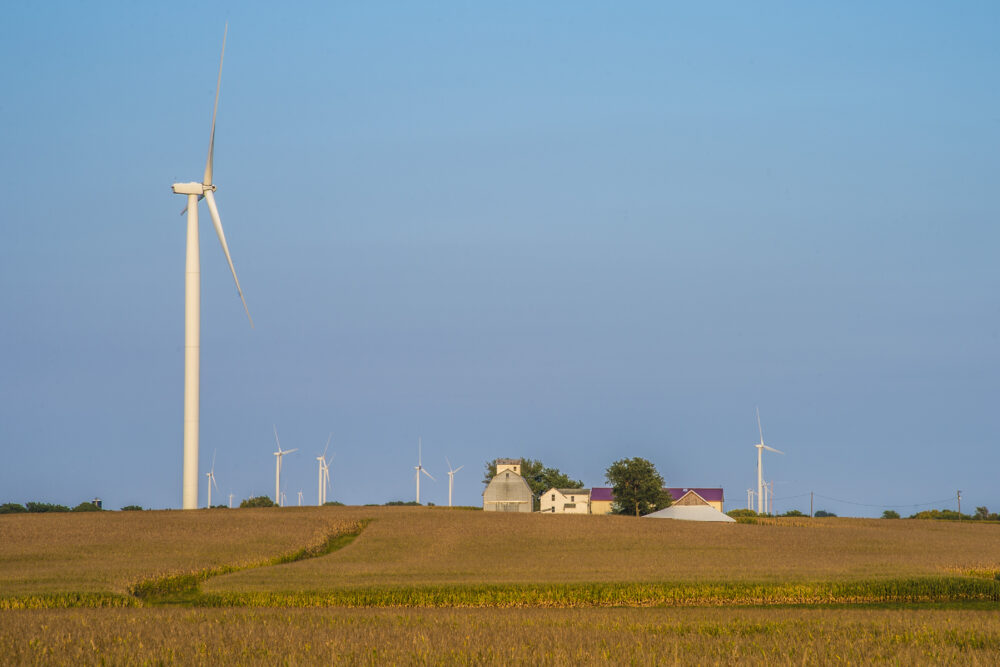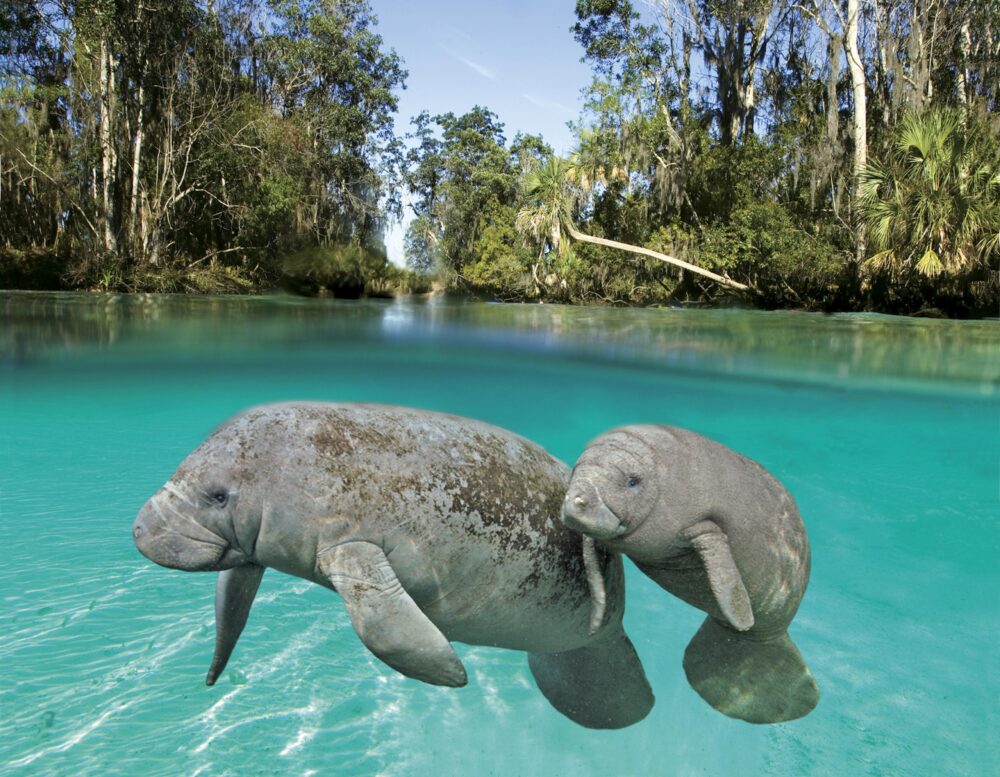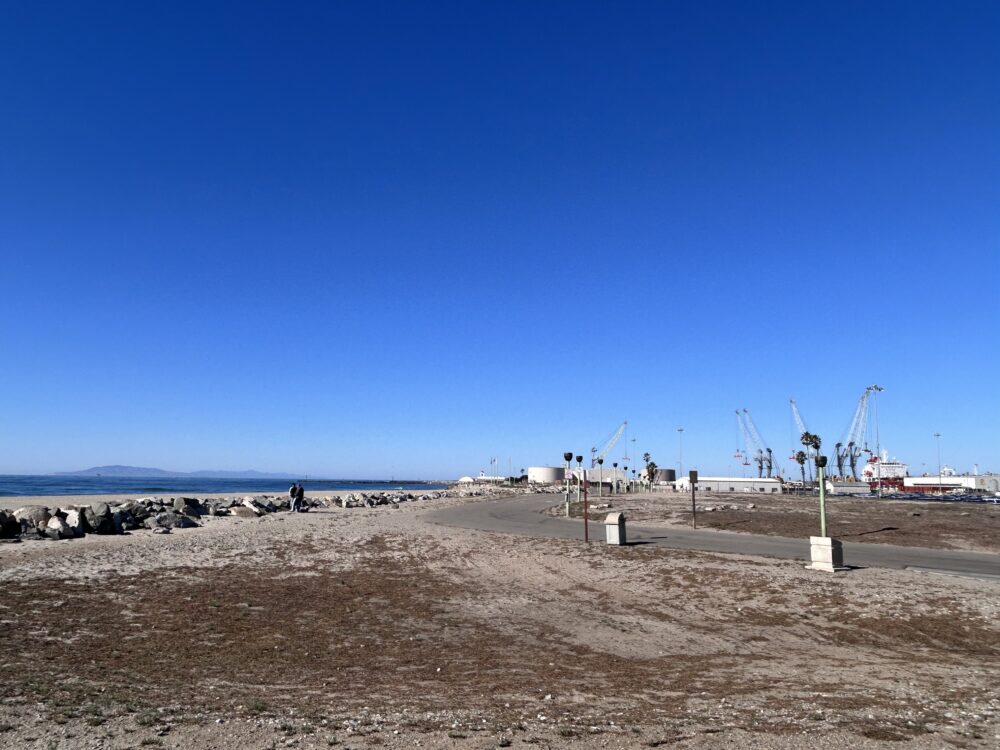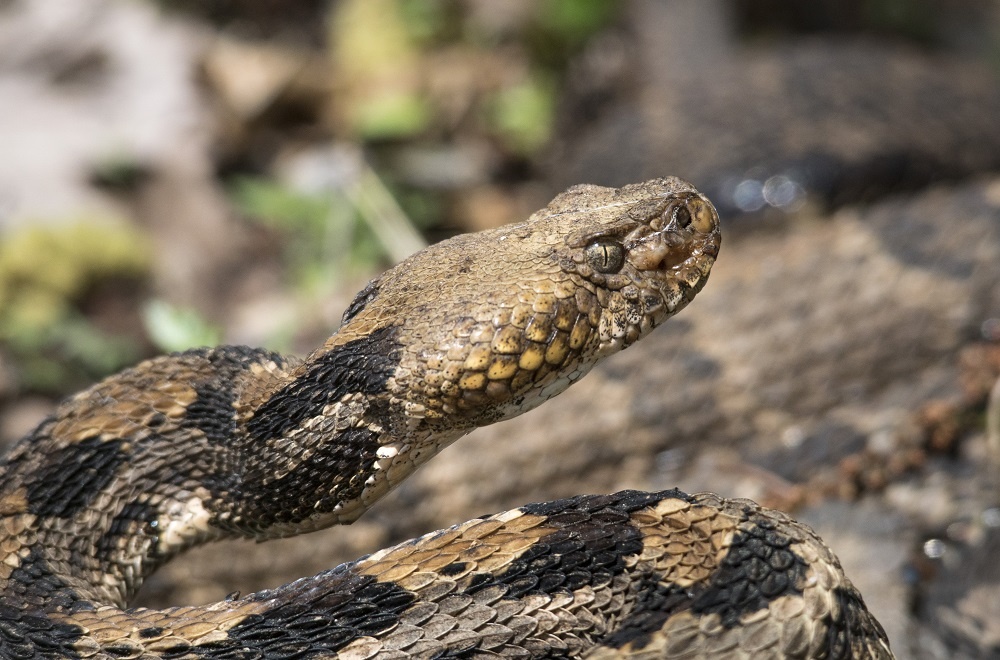We have much more to do and your continued support is needed now more than ever.
The Great Outdoors is a Great Classroom—Especially in the Age of COVID-19
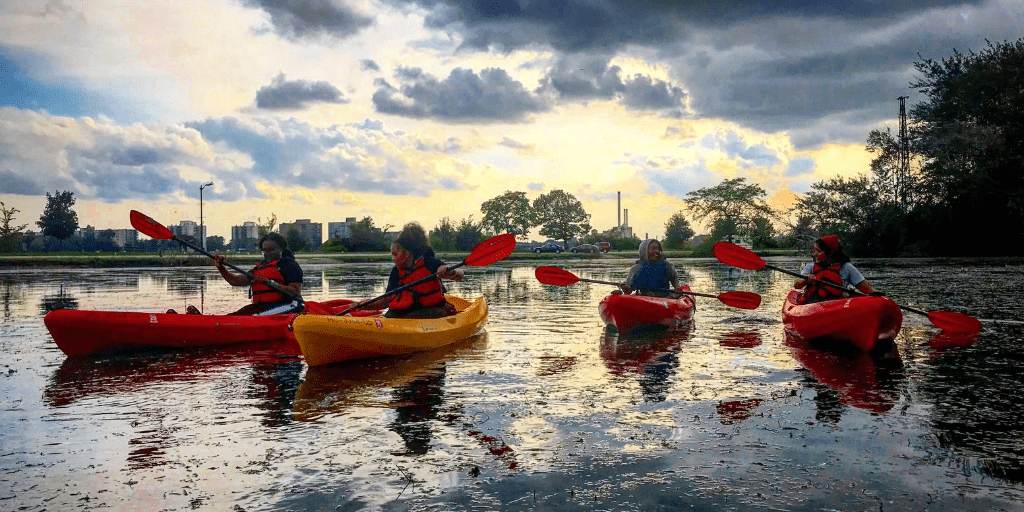
When the National Wildlife Federation launched a new program to connect Detroit high school students with the great outdoors last year, we had several goals in mind:
- Connect urban youth with nature to promote physical and mental health
- Expose young people in Detroit to conservation career paths
- Explore racial and environmental justice
- Help young people understand how they can make a difference in their communities and beyond.
This goal of cultivating the next generation of conservation leaders motivated me to join NWF and create the Detroit Leadership and Environmental Education Program (D-LEEP). D-LEEP works in partnership with the Detroit Public Schools Community District (DPSCD) and community organizations to engage participants through workshops and discussions, field trips, and student-led sustainability projects.
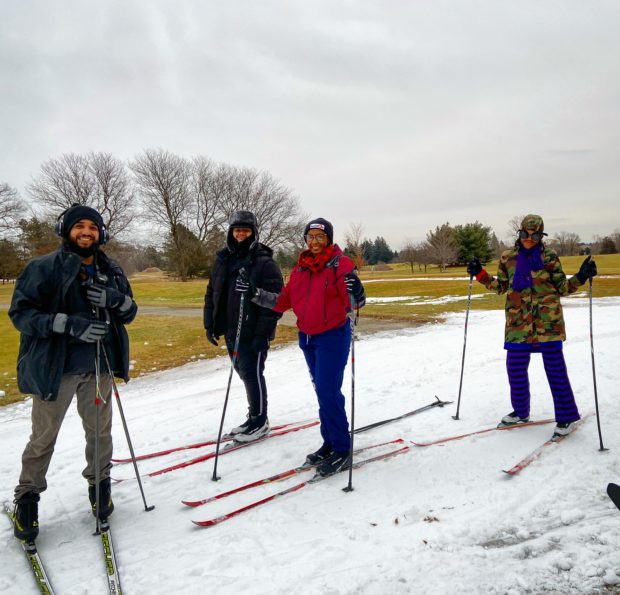
It was an exciting first year for an innovative program—though we had to shift gears rapidly in March, when public schools closed due to COVID-19, requiring us to significantly revise the last three months of D-LEEP activities. Along the way, we reaffirmed our belief in the importance of engaging students outside of the classroom and the power of educational experiences that take place outdoors. These insights could prove invaluable during the upcoming fall and winter, as school districts across the nation explore ways to serve their students that are both effective and safe.
My suggestion: Get students outside as much as possible!
By the time DPSCD was forced to close its buildings in the spring, D-LEEP had already touched thousands of community members. A few of our accomplishments:
- 32 students at three city high schools were enrolled in the afterschool program.
- We led 42 hikes and nature excursions to parks across Michigan.
- 650 people participated in more than 40 workshops on subjects like fermentation, ecojustice and activism, beekeeping, edible mushroom foraging, and Detroit’s ecological history.
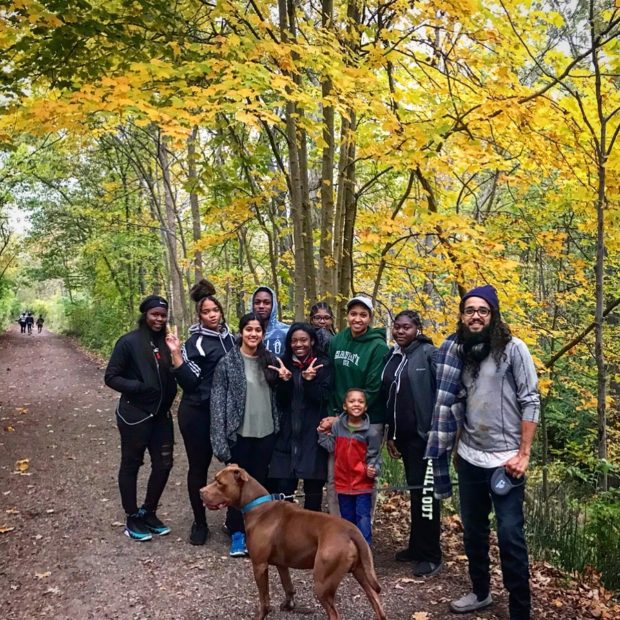
Adding in large-scale events the team and I organized in Detroit, D-LEEP reached more than 7,000 people in its first year.
One of our most exciting hands-on projects, which received considerable local attention, introduced city students to a great rural and indigenous tradition: maple sugaring. In partnership with the city’s indigenous community and several community organizations, students helped produce over 10 gallons of maple syrup at Detroit’s Rouge Park, establishing the only maple tapping operation within the city. Most of the syrup was gifted to native families and others who helped operate the sugar bush.
For many students, this kind of connection to the great outdoors is an eye-opening experience. As Tiyonna, a senior at one of the participating high schools, put it, “I’ve always been afraid to go in forests. But now I love hiking…me and my grandmother go hiking together on weekends.”
A Lasting Impact
Even after official program activities came to a halt, we stayed connected with students and families throughout the spring and summer, helping them find jobs and access other essential resources to weather the pandemic and its economic impact. Meanwhile, the D-LEEP team has been working on ambitious plans for Year Two. We expect to add three more high schools to the program and double the number of faculty and student leaders at each school.
At present, there is still a lot of uncertainly around how schools are going to operate in the fall. DPSCD is currently planning a hybrid model, with opportunities for both virtual and in-person instruction. D-LEEP will adjust accordingly. In Year One, there was a roughly 50/50 split between indoor and outdoor activities. This time around, we’ll put more emphasis on the outdoor components, and some of the workshops will be offered via Zoom and other online tools. We hope to build on successful carpooling efforts to find safe ways to transport students to program events and activities.
From the beginning, our vision was to create a model that could be replicated in cities across the country while remaining small and nimble enough to respond to local needs and conditions. In light of the new challenges school districts are facing, that’s more relevant than we could have imagined a year ago.
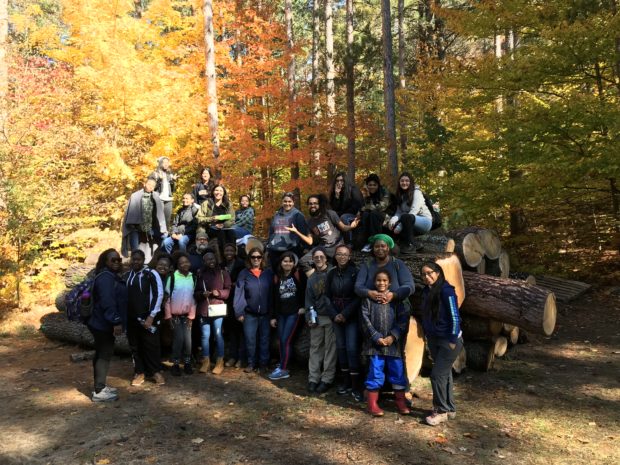
For many students, the most devastating impact of attending school remotely has been the loss of social connections. In addition to the positive outcomes we expected to see by connecting young people to nature, there’s a new one we didn’t expect in the age of COVID: reconnecting students to one another by engaging with nature together.
These meaningful experiences are part of the answer to reducing isolation during today’s public health crisis. D-LEEP also offers a path to a brighter tomorrow for young people by helping them grow as individuals, community members, and conservation leaders.

